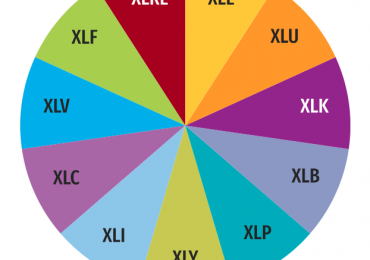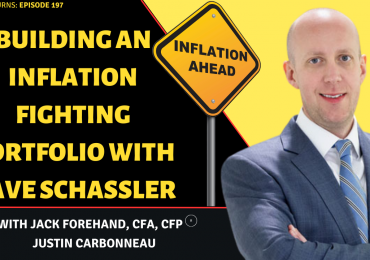Although ETF investors favor large and small caps over mid-cap strategies, performance data from Bank of America shows that this is misguided, according to a recent article in CityWire.
The BofA reports shows that mid-cap ETFs account for only 5% of total inflows so far this year but are responsible for 31% of US corporate earnings and 39% of total market returns. And even though past performance doesn’t indicate what will happen in the future, the BofA report makes three strong arguments for investing in mid-caps:
- Mid-caps are more sensitive to U.S. GDP growth.
- Mid-caps are poised to benefit from the “acceleration of production on-shoring” and domestic capital raising activities by U.S. companies (which favors cyclical sectors like industrials, financials and materials).
- Mid-caps are under owned.
The article speculates on the lack of enthusiasm for mid-caps as follows:
- The perception that mid-cap active managers are a “better bet”—that is, because the stocks are less liquid and less researched, there is an informational advantage that active managers can pursue. In reality, however, mid-caps are not that much less liquid and “should be just as efficient at capturing some extra return.”
- Mid-caps are viewed as less appealing because they are “boring and value oriented.”
- Compared to the growth hopes for both large- and small-caps, mid-caps are “neither fish nor fowl. They are not scale-based leviathans nor tiny acorns. And thus, when they are explained to clients, they seem rather lacking in the narrative department.” This is exacerbated by the fact that there isn’t a lot of economic data specifically related to mid-caps.
“Add it all up and one can easily understand why mid-caps are under owned,” the article concludes, adding, “The numbers don’t lie about performance, but behavioral biases get in the way.”

Free Report on Systematic Investing
Get a free systematic investing guide, which explains how systematic investing works.

See the stocks part of the S&P 500 and have increased their dividends in each of the past 25 years.










